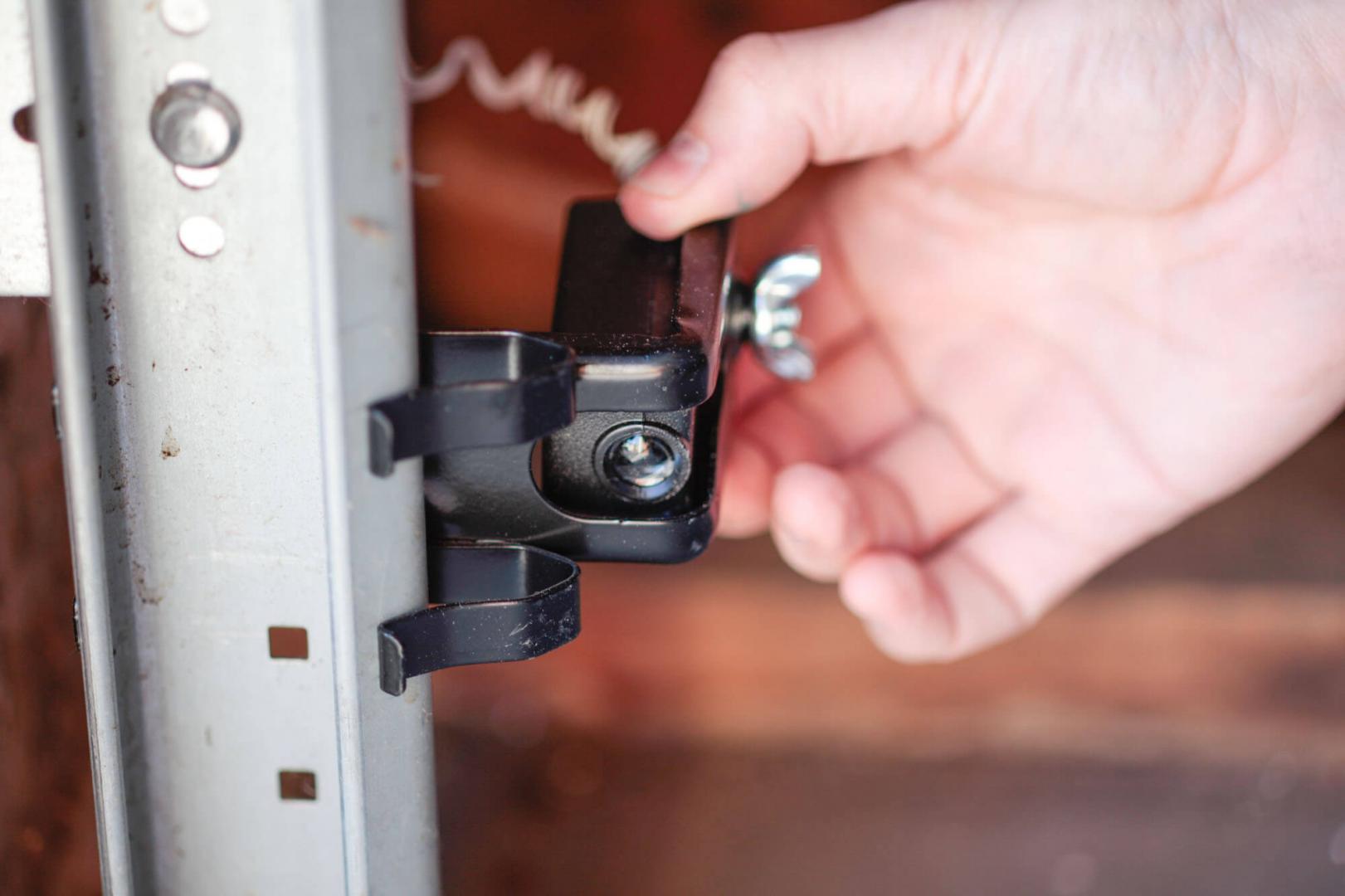

Articles
How To Bypass Garage Door Safety Sensors
Modified: March 1, 2024
Learn the effective techniques and tips to bypass garage door safety sensors in this informative article. Gain valuable insights and expert advice on articles related to garage door safety.
(Many of the links in this article redirect to a specific reviewed product. Your purchase of these products through affiliate links helps to generate commission for Storables.com, at no extra cost. Learn more)
Introduction
Garage doors play a crucial role in securing our homes and providing convenient access to our vehicles and storage spaces. They are equipped with safety sensors that detect any obstructions or movements, ensuring the door stops or reverses if something is in its path. While these safety sensors are essential for preventing accidents and injuries, there may be instances where bypassing them becomes necessary.
It’s important to note that bypassing garage door safety sensors should only be done under specific circumstances and with caution. In this article, we will provide a comprehensive guide on how to bypass garage door safety sensors, highlighting the reasons for doing so, the tools and materials needed, and step-by-step instructions to complete the process safely and effectively.
Before we dive into the details, it’s essential to understand the function and significance of garage door safety sensors.
Key Takeaways:
- Bypassing garage door safety sensors should only be a temporary solution for specific situations, such as testing the system or dealing with malfunctioning sensors. Prioritize safety and consult a professional if unsure.
- When bypassing safety sensors, ensure you have the necessary tools, disconnect power, and thoroughly test the garage door for smooth operation. Remember, restoring sensor functionality is crucial for maintaining safety.
Read more: How To Wire A Garage Door Sensor
Understanding Garage Door Safety Sensors
Garage door safety sensors are positioned on either side of the garage door, typically near the floor. They consist of two components: the sending sensor and the receiving sensor. When the garage door is in operation, an invisible beam is emitted from the sending sensor to the receiving sensor.
These safety sensors are designed to detect any obstructions or movements in the path of the garage door. If an obstruction, such as a person, pet, or object, interrupts the beam while the door is closing, the safety sensors send a signal to the garage door opener to stop or reverse the door’s movement.
The purpose of these sensors is to prevent accidents and injuries by ensuring that the garage door does not close on anyone or anything in its path. This feature is especially important in households with children or pets who may inadvertently be in the way.
In addition to their safety function, garage door sensors also provide a convenient way to check if something is blocking the door’s path. If the garage door refuses to close and the sensors are not aligned properly or have an obstruction in between them, the door will not close, and the opener will emit a clicking or flashing light to indicate the issue.
Now that we have a basic understanding of how garage door safety sensors work, let’s explore some situations where bypassing them may be necessary.
Reasons to Bypass Garage Door Safety Sensors
Bypassing garage door safety sensors should only be done in specific situations where it is absolutely necessary. It is crucial to understand that disabling or bypassing these sensors can compromise the safety of individuals and property. It is always recommended to address any issues with the safety sensors rather than bypassing them. However, there are a few scenarios where bypassing the sensors may be considered:
- Testing the garage door system: When troubleshooting or testing the garage door opener or other components of the door system, it may be necessary to bypass the safety sensors temporarily. This allows you to test the functionality of other components without interference from the sensors.
- Malfunctioning sensors: If the safety sensors are malfunctioning or misaligned, they may prevent the garage door from closing even when there are no obstructions. In situations where immediate repairs or replacement of the sensors is not possible, bypassing them can provide a temporary solution to keep the garage door operational.
- Power outage: During a power outage, the garage door opener may not function as it normally does. In such cases, bypassing the safety sensors can allow manual operation of the garage door until power is restored.
- Non-sensitive areas: In some cases, certain areas of the garage may not be sensitive to sensor detection. For example, if the garage door opens into a storage space where there are no valuable items or potential obstacles, bypassing the sensors for that particular area may be considered.
It is important to note that bypassing the safety sensors in any of these scenarios should only be a temporary measure. It is always recommended to troubleshoot and fix any issues with the sensors as soon as possible to restore the full safety functionality of the garage door.
Tools and Materials Needed
Before attempting to bypass garage door safety sensors, gather the necessary tools and materials to ensure a smooth and safe process. Here is a list of what you will need:
- Screwdriver: A screwdriver will be needed to remove any screws securing the safety sensors to the wall or garage door frame.
- Wire cutters/strippers: Wire cutters or wire strippers will be necessary to cut or strip the wires connected to the safety sensors.
- Electrical tape: Having electrical tape on hand will allow you to secure and insulate any exposed wires after bypassing the safety sensors.
- Jumper wires: Jumper wires are used to create a temporary connection between the terminals or wires that bypass the safety sensor system.
- Safety glasses: Safety glasses should always be worn when working around the garage door mechanism to protect your eyes from any potential hazards.
- Assistant: Having an extra pair of hands can be helpful when working with the garage door components and ensuring safety during the bypassing process.
Make sure to gather all of these tools and materials before starting to bypass the safety sensors. It’s always better to be prepared and have everything you need within your reach to avoid any unnecessary interruptions or delays.
Step 1: Identify Safety Sensors
The first step in bypassing garage door safety sensors is to identify their location. Safety sensors are typically installed on either side of the garage door, near the floor. Look for small boxes or units mounted to the walls or garage door frame at approximately the same height.
The safety sensors consist of two components: the sending sensor and the receiving sensor. The sending sensor emits an invisible beam of light, while the receiving sensor detects the beam. These sensors are usually connected to the garage door opener system via wires or terminals.
Once you have located the safety sensors, familiarize yourself with their placement and how they are connected. Take note of any wires or terminals that are connected to the sensors, as these will be relevant in the following steps.
It’s important to remember that safety sensors are an integral part of the garage door system and play a crucial role in preventing accidents. Bypassing them should only be done if absolutely necessary and with caution. Before proceeding, ensure that bypassing the safety sensors is the appropriate course of action for your specific situation.
Read more: How Do Garage Door Sensors Work
Step 2: Locate the Bypass Wires or Terminals
Once you have identified the location of the safety sensors, the next step is to locate the bypass wires or terminals. The bypass wires or terminals are used to create a temporary connection that bypasses the safety sensor system.
Inspect the area around the safety sensors for any visible wires or terminals. These wires or terminals may be connected to the safety sensors or directly to the garage door opener system. They are usually color-coded, with one wire being white and the other wire being black or another color.
If you do not see any visible wires or terminals, refer to the garage door opener’s manual or consult the manufacturer’s instructions to determine the location of the bypass connection.
It’s essential to ensure that the bypass wires or terminals are in good condition and not damaged. Inspect the wires for any signs of fraying, corrosion, or loose connections. If any damage is found, it is recommended to address and repair the issue before proceeding with the bypassing process.
Keep in mind that the specific location and configuration of the bypass wires or terminals may vary depending on the make and model of your garage door opener. Refer to the manufacturer’s instructions or consult a professional if you are unsure about locating the bypass wires or terminals.
Once you have located the bypass wires or terminals and verified that they are in good condition, you are ready to continue to the next step of the bypassing process.
Ensure that the safety sensors are properly aligned and free from any obstructions. Clean the sensors regularly to prevent dirt or debris from interfering with their function. If the sensors are still not working, consult a professional for further assistance.
Step 3: Disconnect Safety Sensors
Before bypassing the safety sensors, you need to disconnect them from the garage door opener system. This step ensures that the sensors are not actively transmitting or receiving signals, allowing you to proceed with the bypassing process.
Start by locating the wires or terminals that are connected to the safety sensors. These wires will typically be connected to the back of the garage door opener unit. Look for labeled terminals such as “Sensor 1” and “Sensor 2” or similar designations.
Use a screwdriver or the appropriate tool to remove the screws securing the wires or terminals in place. If there are wire connectors, squeeze the connectors or use wire cutters to detach the wires from them. Take note of the wire colors and their corresponding terminals to ensure proper reconnection later.
Once the safety sensors are disconnected from the garage door opener system, gently remove them from their mounting brackets on the wall or garage door frame. Store them in a safe place until you are ready to reconnect them.
During this step, it’s crucial to handle the wires and terminals with care to avoid damaging them. Be mindful of any sharp edges or sensitive components in the vicinity and take necessary precautions.
With the safety sensors disconnected, you have effectively disabled their functionality. However, it’s important to proceed to the next step and bypass the sensors properly to ensure the safe operation of your garage door.
Step 4: Connect the Bypass Wires
Now that the safety sensors are disconnected, it’s time to create a temporary bypass connection using the bypass wires or terminals. This step ensures that the garage door opener system operates without interference from the safety sensors.
Take the jumper wires you gathered earlier and connect one end to the terminal or wire that was originally connected to the “Sensor 1” or sending sensor. If the wires are color-coded, the sending sensor wire is typically white.
Next, connect the other end of the jumper wire to the terminal or wire that was originally connected to the “Sensor 2” or receiving sensor. This wire is usually black or another color, different from the sending sensor wire.
Make sure the connections between the jumper wires and the bypass wires or terminals are secure. You can use wire connectors or electrical tape to hold them in place. Ensure that there is no exposed wire or loose connections that could pose a safety hazard.
Double-check that the jumper wires are properly connected and that the bypass connection is secure. A loose or incorrect connection can affect the operation of the garage door and compromise its safety features.
Keep in mind that the specific instructions for connecting the bypass wires may vary depending on the make and model of your garage door opener. Refer to the manufacturer’s instructions or consult a professional if you encounter any confusion or uncertainty during this step.
With the bypass wires connected, you have successfully bypassed the safety sensors. However, it’s important to proceed cautiously and perform a thorough test to ensure the proper functioning of the garage door before resuming normal use.
Step 5: Test the Garage Door
After connecting the bypass wires, it’s crucial to thoroughly test the garage door to ensure that it operates correctly and safely. This step is important to verify that the bypassing process was successful and that the garage door functions as intended without the safety sensors.
Here’s how to test the garage door after bypassing the safety sensors:
- Close the garage door: Using the garage door opener remote or wall control panel, close the garage door to its fully closed position. Observe the door’s movement and listen for any unusual sounds or signs of resistance.
- Open the garage door: Once the door is fully closed, use the remote or wall control panel to open the garage door to its fully open position. Again, pay close attention to the door’s movement and listen for any unexpected noises or issues.
- Test manual mode: Disconnect the power source to the garage door opener, either by unplugging it or turning off the breaker. With the power disconnected, attempt to open and close the garage door manually. This will ensure that the door can still be operated manually in case of power outages or emergencies.
- Check for smooth operation: As you test the garage door, make sure it moves smoothly along its tracks without any hesitations or jerking motions. Verify that the door closes fully and locks securely to ensure proper security.
- Monitor the safety features: Although the safety sensors are bypassed, it’s essential to observe other safety features of the garage door system. Pay attention to the auto-reverse mechanism, which should activate if an obstruction is encountered while closing the door. If this safety feature is not working correctly, consult a professional to address the issue.
If at any point during the testing process you notice any irregularities, strange noises, or problems with the garage door’s operation, cease testing immediately. Re-evaluate the bypassing process and consult a professional garage door technician if necessary to ensure the safe use of your garage door.
Remember, bypassing the safety sensors should only be a temporary solution. It’s essential to address any issues with the safety sensor system and restore their full functionality as soon as possible to maintain the safety of your garage door.
Read more: How To Line Up Garage Door Sensors
Important Safety Considerations
When bypassing garage door safety sensors, it is crucial to prioritize safety throughout the process. Here are some important safety considerations to keep in mind:
- Proceed with caution: Bypassing safety sensors should only be done if absolutely necessary. Always follow the manufacturer’s instructions and guidelines, and consult a professional if you are unsure about any aspect of the process.
- Disconnect power: Before starting any work on the garage door system, disconnect the power source. This will prevent any accidental activation of the door while you are working on it and reduce the risk of electrical shock.
- Use appropriate tools: Ensure that you have the necessary tools, such as screwdrivers and wire cutters, and use them correctly. Avoid using excessive force, which may damage components or cause accidents.
- Protect your eyes: Wear safety glasses or goggles to protect your eyes from any debris and potential hazards while working on the garage door.
- Secure and insulate wires: After bypassing the safety sensors, make sure to secure and insulate any exposed wires or connections using electrical tape. This will help prevent accidental shocks and minimize the risk of electrical hazards.
- Test the door: Test the garage door thoroughly after bypassing the safety sensors to ensure that it operates smoothly and without any issues. Pay attention to any unusual sounds or movements and address any problems promptly.
- Restore safety sensor functionality: Bypassing the safety sensors should only be considered a temporary solution. It is crucial to address any issues with the safety sensor system and restore their full functionality as soon as possible to maintain the highest level of safety for your garage door.
- Consult a professional: If you are unsure about any step of the bypassing process or encounter any difficulties, it is always better to consult a professional garage door technician. They have the expertise and experience to safely address any issues and ensure the proper functioning of your garage door system.
By following these safety considerations and exercising caution throughout the bypassing process, you can minimize potential risks and ensure the safe operation of your garage door.
Conclusion
Bypassing garage door safety sensors should only be done under specific circumstances and with caution. While these sensors play a crucial role in preventing accidents and ensuring the safety of individuals and property, there may be situations where bypassing them becomes necessary temporarily.
In this article, we have provided a comprehensive guide on how to bypass garage door safety sensors, emphasizing the importance of understanding their function and significance. We discussed reasons why bypassing the sensors may be considered, such as testing the garage door system, dealing with malfunctioning sensors, power outages, or non-sensitive areas.
Throughout the bypassing process, we highlighted the tools and materials needed, as well as the step-by-step instructions to successfully bypass the sensors. It is essential to identify and disconnect the safety sensors, locate and connect the bypass wires, and thoroughly test the garage door to ensure its proper functioning.
However, it is vital to prioritize safety and remember that bypassing the safety sensors should only be a temporary solution. Addressing any issues with the safety sensor system and restoring their functionality is crucial to maintaining the highest level of safety for your garage door.
If you are unsure about any aspect of the bypassing process or encounter difficulties, it is always recommended to consult a professional garage door technician. They have the expertise and knowledge to safely assess and resolve any issues with your garage door system.
By following the guidelines and considerations outlined in this article, you can approach the process of bypassing garage door safety sensors with confidence and ensure the safe operation of your garage door.
Frequently Asked Questions about How To Bypass Garage Door Safety Sensors
Was this page helpful?
At Storables.com, we guarantee accurate and reliable information. Our content, validated by Expert Board Contributors, is crafted following stringent Editorial Policies. We're committed to providing you with well-researched, expert-backed insights for all your informational needs.
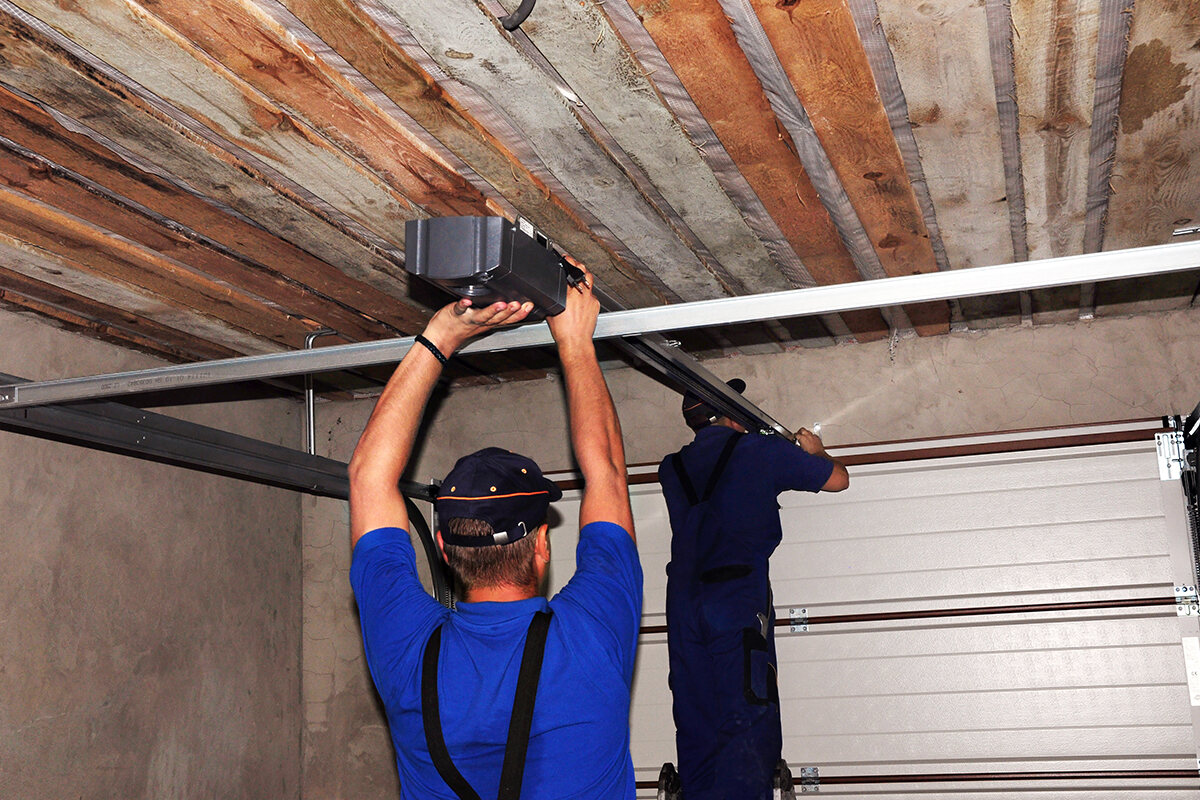
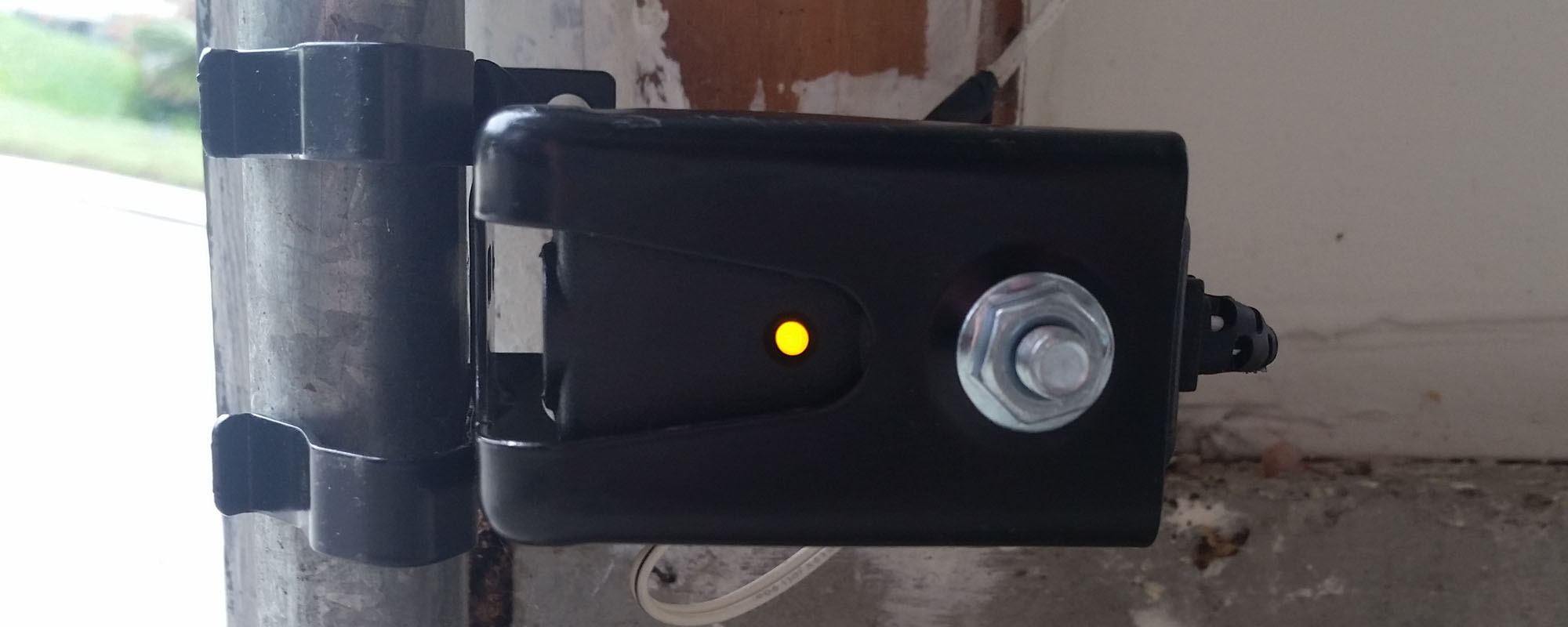
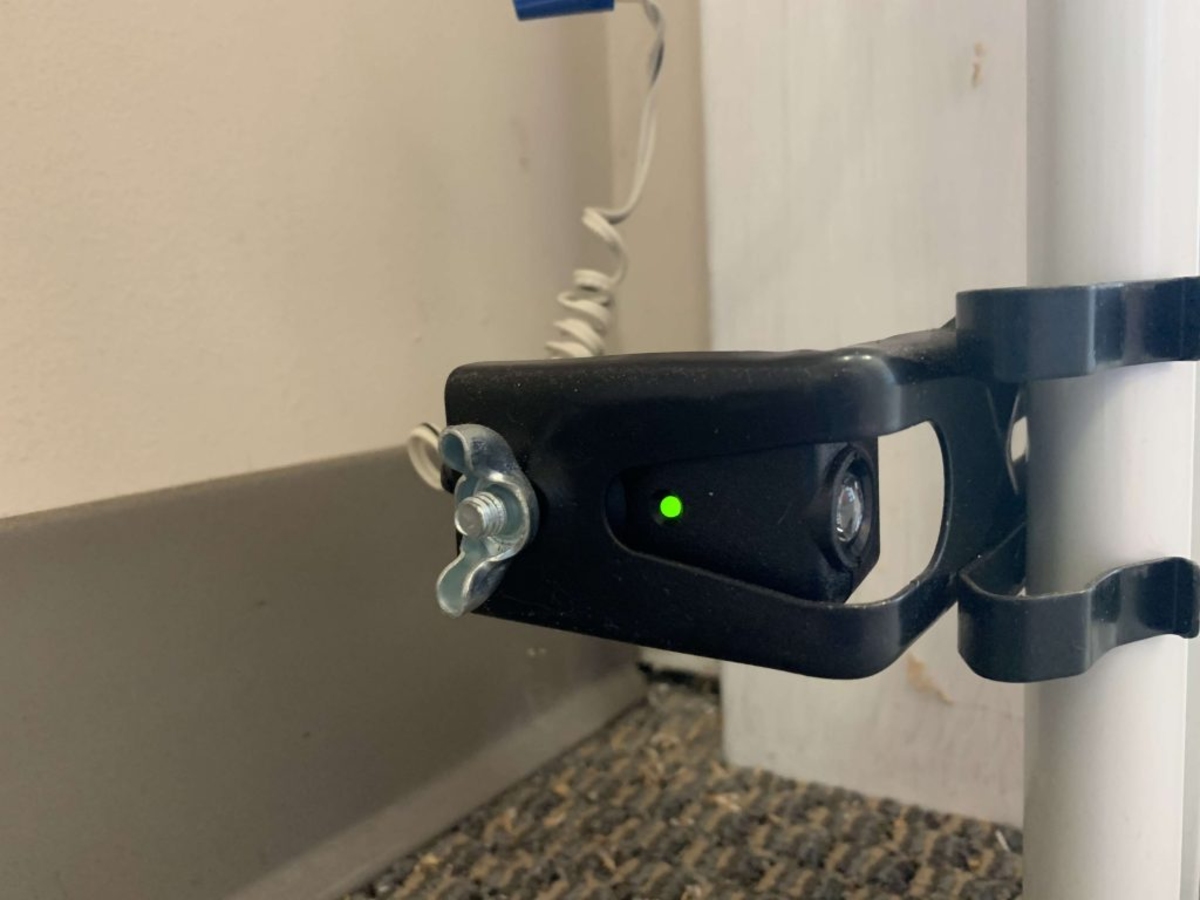
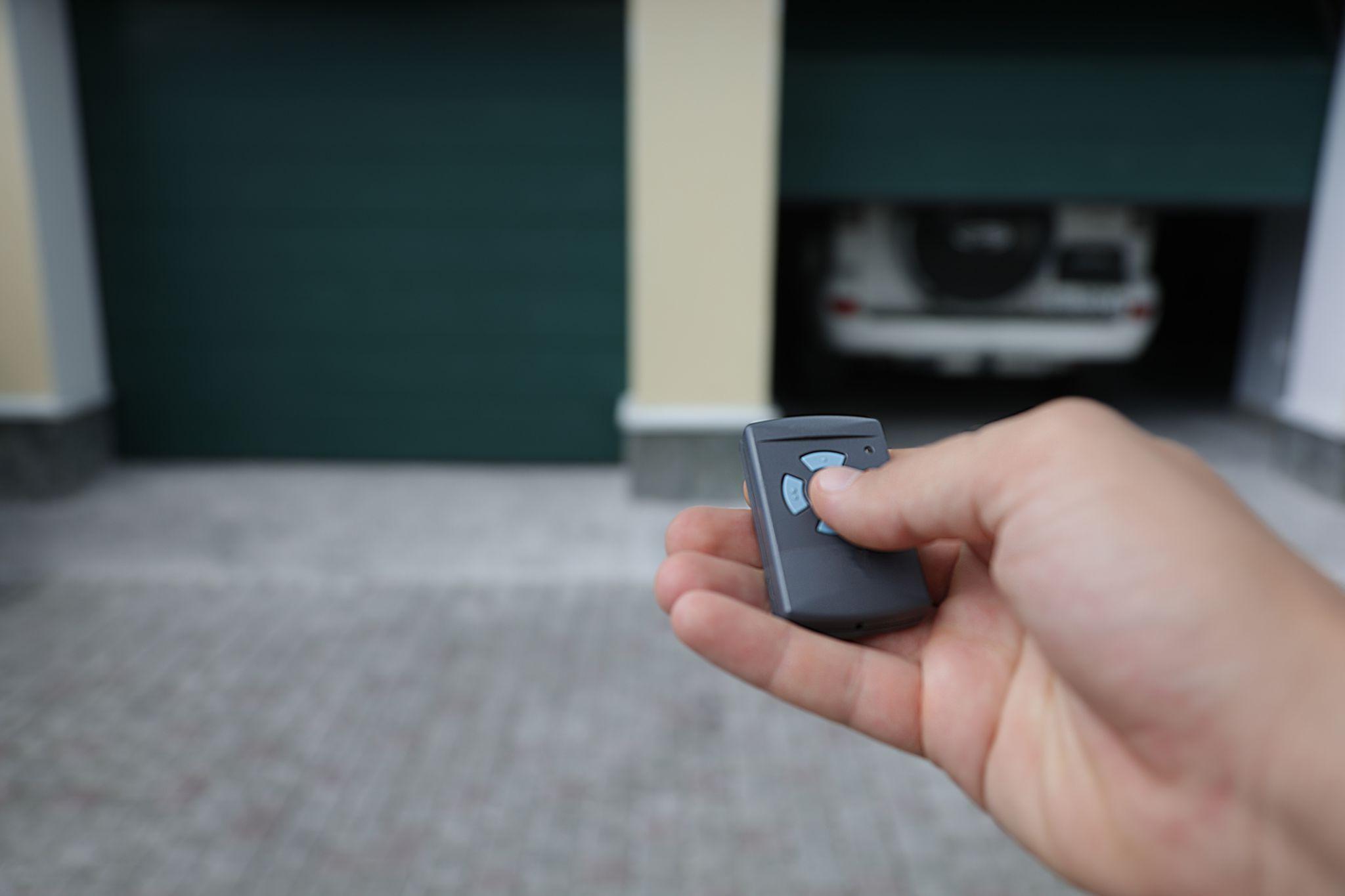
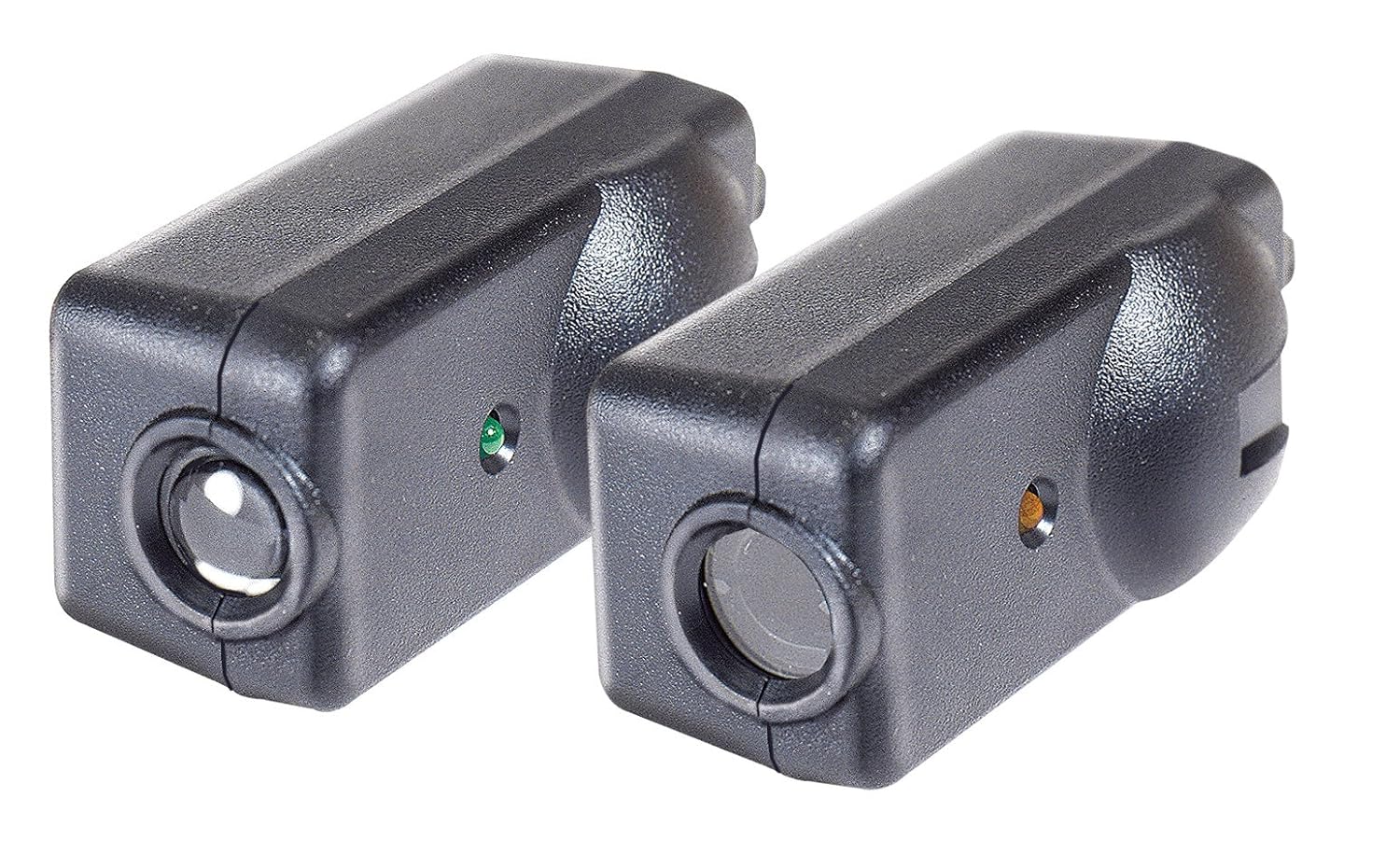
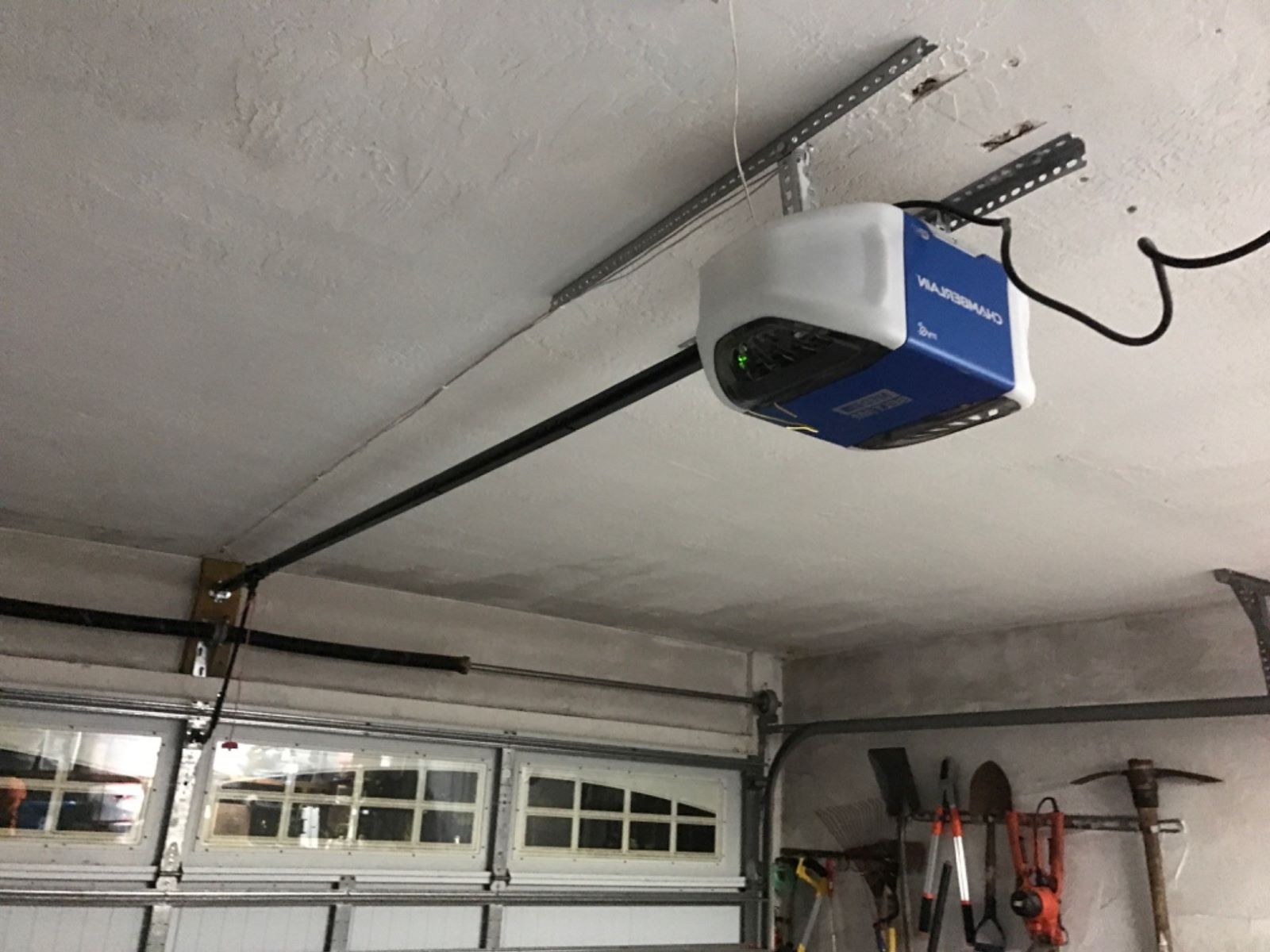
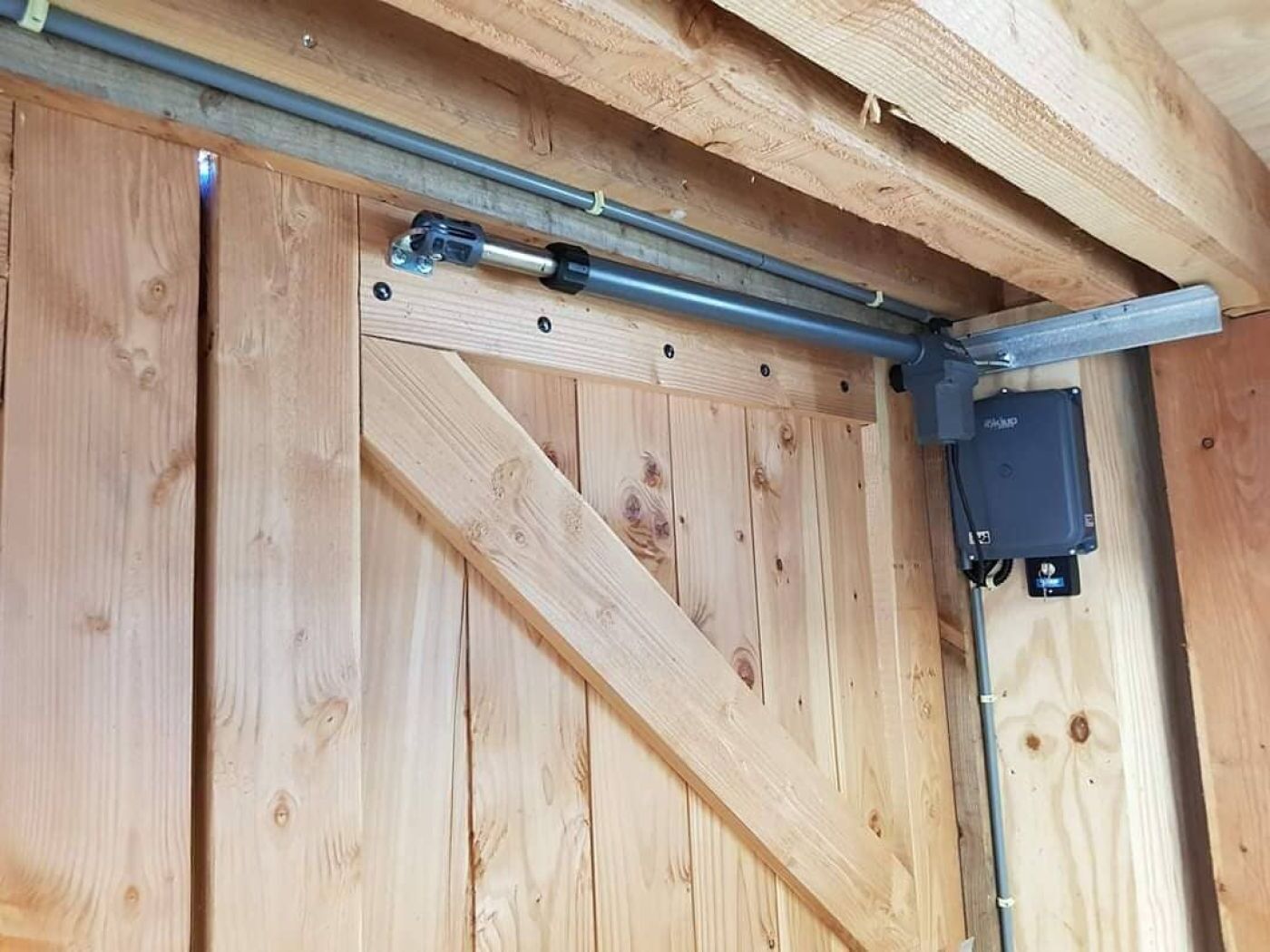
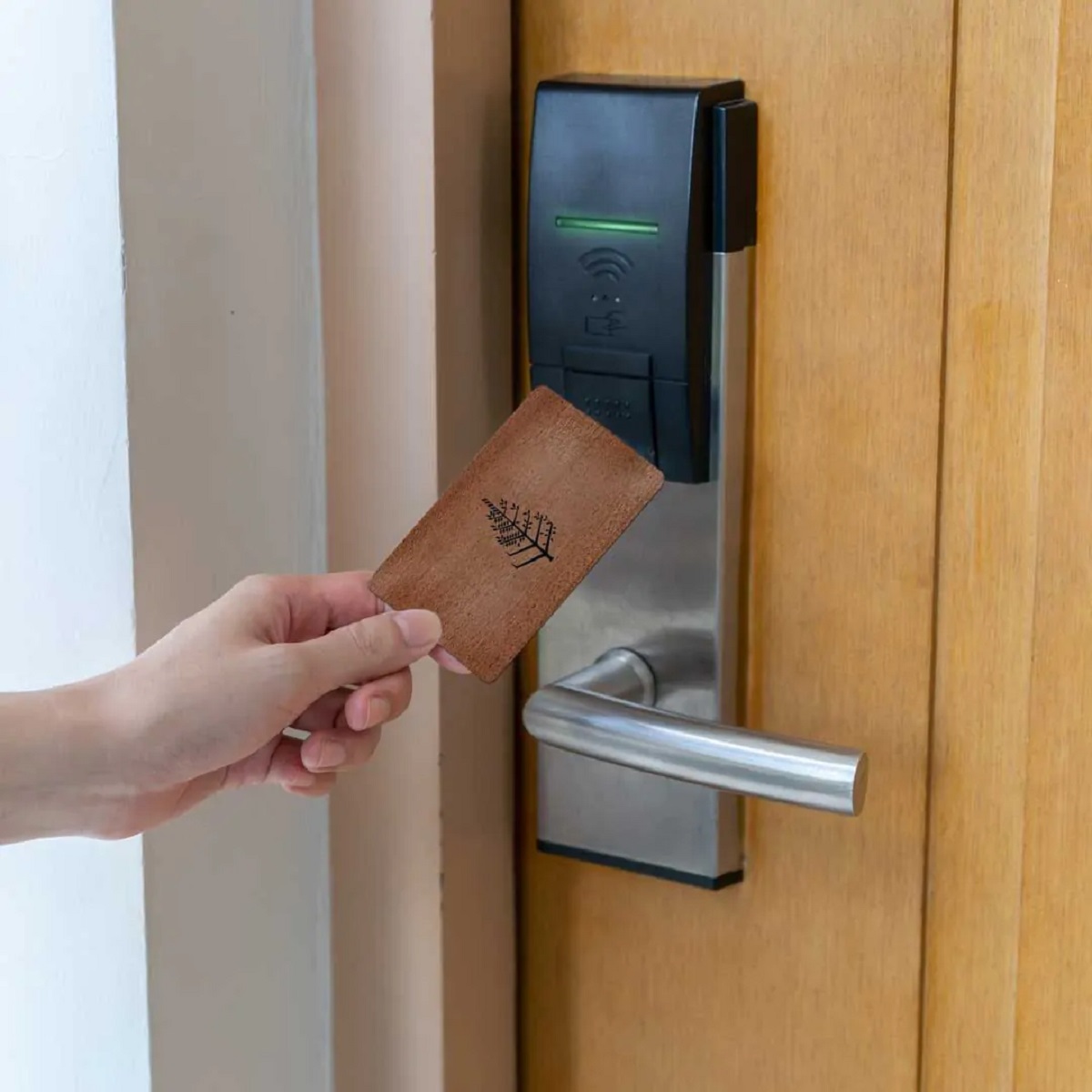

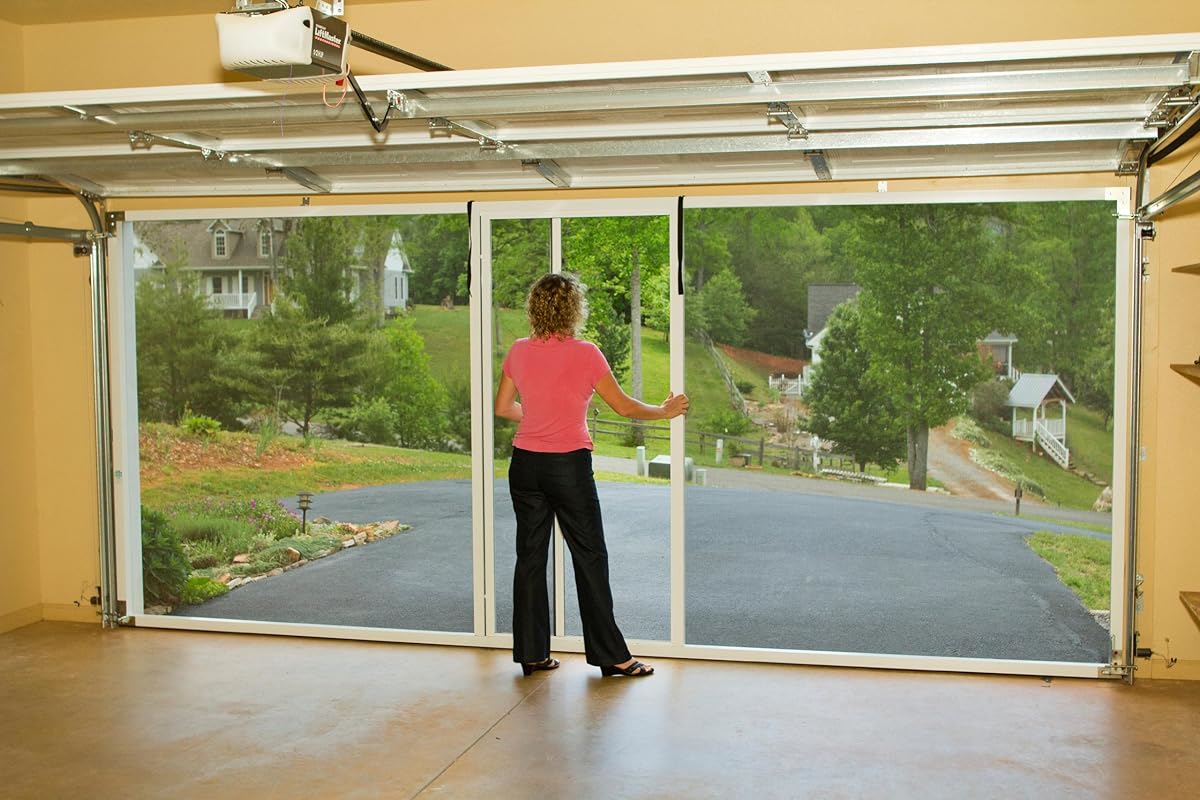
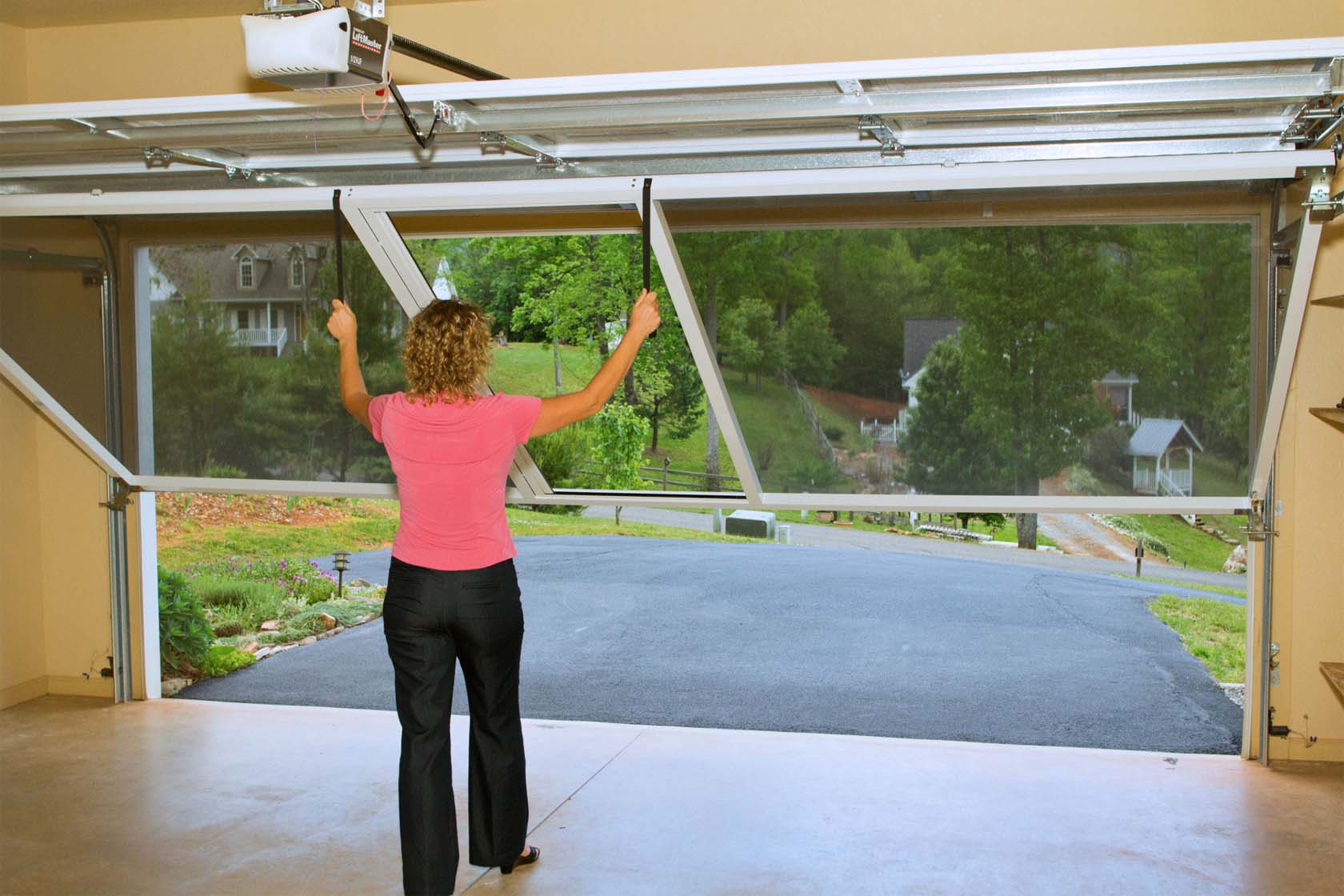

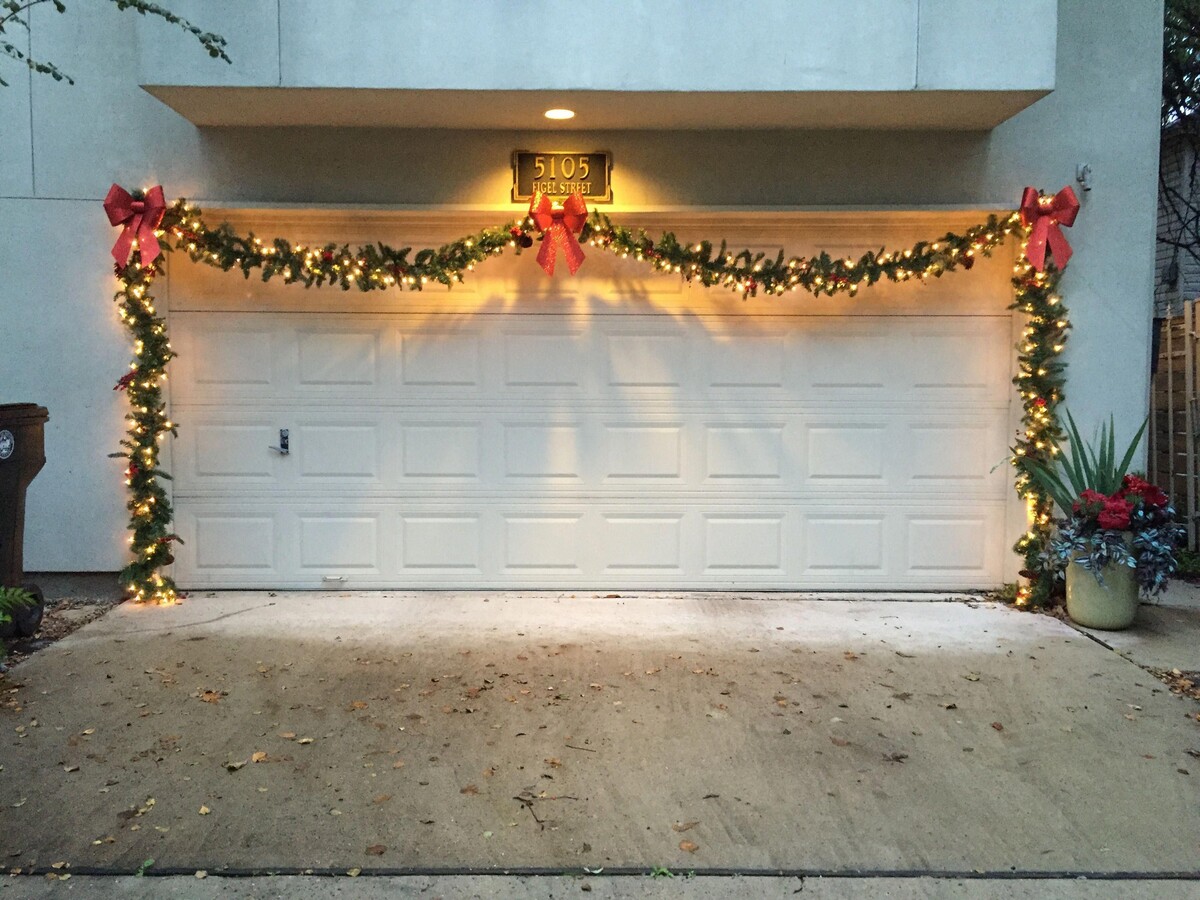

0 thoughts on “How To Bypass Garage Door Safety Sensors”